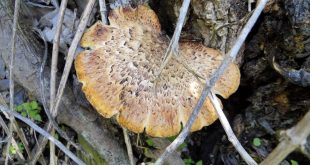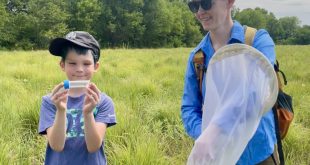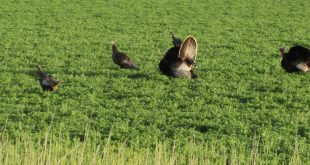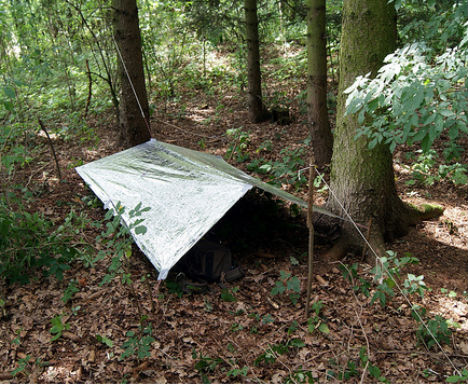 “What would you do if you if you found yourself in a survival situation?” The answer most people give to that question is, “That’s never going to happen to me!” But according to reports from professional rescue organizations throughout the U.S., state police and authorities from the National Park Service, every year there are countless individuals, couples, even entire families, who go out for what they anticipate to be an enjoyable day-hike or a drive in the scenic wilderness and find themselves lost or stranded. And most are totally unprepared for this kind of situation.
“What would you do if you if you found yourself in a survival situation?” The answer most people give to that question is, “That’s never going to happen to me!” But according to reports from professional rescue organizations throughout the U.S., state police and authorities from the National Park Service, every year there are countless individuals, couples, even entire families, who go out for what they anticipate to be an enjoyable day-hike or a drive in the scenic wilderness and find themselves lost or stranded. And most are totally unprepared for this kind of situation.
So it’s not just the avid hunter or extreme outdoor adventure type who needs to know how to build an emergency shelter or light a fire without matches – EVERYONE should know at least some very basic survival skills. Even if you never need to use it, the best survival “tool” you can carry with you is “knowledge.”
The #1 hard and fast rule everyone should follow “before” heading out anywhere is, TELL SOMEONE WHERE YOU ARE GOING AND WHEN YOU EXPECT TO RETURN! And check in with that person when you do return. That way, if you haven’t checked in within a reasonable amount of time, they’ll know where to look for you.
 Regardless of how it happens, let’s say you find yourself lost or stranded. Never count on a cell phone in a situation like this. If you have one with you and it works, great. But more often than not, you won’t be able to get a signal. And a compass or a GPS unit is only good if you know how to use it. There are also many situations in which either will not work, even if you do have experience with them. So the second rule is “STOP!” Literally, “Stop.” Stop, stay put, stay calm, stand still. That’s what the “S” in STOP stands for. The chances of being found are 70 times greater if you stay where you are! So don’t wonder and expend your energy, you may need all you have. By stopping and standing still you can move on to the “T” in the acronym STOP. The “T” stands for “Think.” When you are still and calm, you can fend off panic and think more clearly. Panic leads to poor decisions, and if you followed Rule #1, there’s no need to panic because someone will be looking for you very soon. Think about what you have with you that can help you until you are found and what else you may need.
Regardless of how it happens, let’s say you find yourself lost or stranded. Never count on a cell phone in a situation like this. If you have one with you and it works, great. But more often than not, you won’t be able to get a signal. And a compass or a GPS unit is only good if you know how to use it. There are also many situations in which either will not work, even if you do have experience with them. So the second rule is “STOP!” Literally, “Stop.” Stop, stay put, stay calm, stand still. That’s what the “S” in STOP stands for. The chances of being found are 70 times greater if you stay where you are! So don’t wonder and expend your energy, you may need all you have. By stopping and standing still you can move on to the “T” in the acronym STOP. The “T” stands for “Think.” When you are still and calm, you can fend off panic and think more clearly. Panic leads to poor decisions, and if you followed Rule #1, there’s no need to panic because someone will be looking for you very soon. Think about what you have with you that can help you until you are found and what else you may need.
The “O” in STOP stands for “Observe and Organize.” Look around and try to find things you can use. Here’s where you may need to dig deep to find your childlike imagination. There are many items you can use in ways not originally intended when in a survival situation. Shoelaces can be used to lash branches together for shelter. The shiny, reflective side of a CD can become a signaling device. Crackers, potato chips, even lint from your socks or sweatshirt makes great tinder to help start a fire. You may need to break a few rules in a survival situation.
And the “P” in STOP, stands for “Plan.” Again, here’s where stopping and thinking clearly will help you. When you are thinking clearly you can make a plan to survive. What will you do if you aren’t found in a day? What if you aren’t found in 3 days? How will you use the things you have? How will you get what you need?
You’ll want to try to remember the following priorities, in this order:
- Treat Immediate Medical Needs – Hopefully there are none, but a serious injury (such as bleeding) cause death in as little as 3 minutes. EVERYONE should know basic first aid. Most first aid courses are offered free of charge.
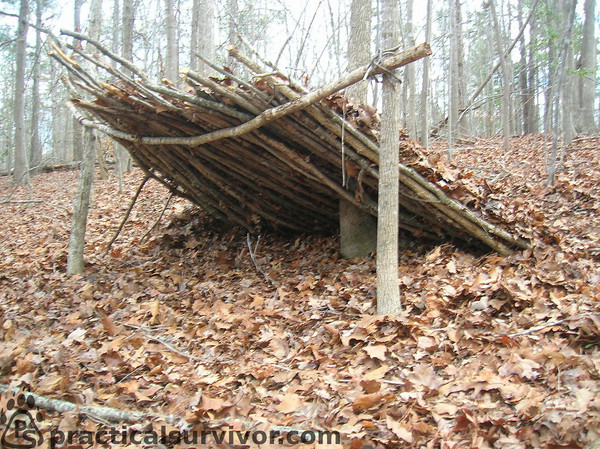
- Find or Build Shelter – Exposure to the elements is the number one cause of death for even the healthiest individuals in survival situations. “Hypothermia” is a drop in core body temperature. “Hyperthermia” is the rise in core body temperature. Both conditions are life threatening, but the likelihood of experiencing either one can be avoided or significantly reduced with adequate shelter from a natural source (such as a cave, rock ledge, under a tree, etc.) or by constructing one with tree branches, a tarp, or whatever you can find. A person can die from exposure in as little as 3 hours even in mild weather, if conditions are damp or windy.
- Build a Fire – Fire is a multipurpose tool. It provides warmth and light, dries clothing, purifies water, can be used as a signal, it cooks food and provides a general sense of well-being. Always carry several means to start a fire – waterproof matches, a cigarette lighter and a magnesium fire starter are recommended. I love magnesium starters and keep one in my car, my day pack, with my hunting gear – they work even in wet conditions.
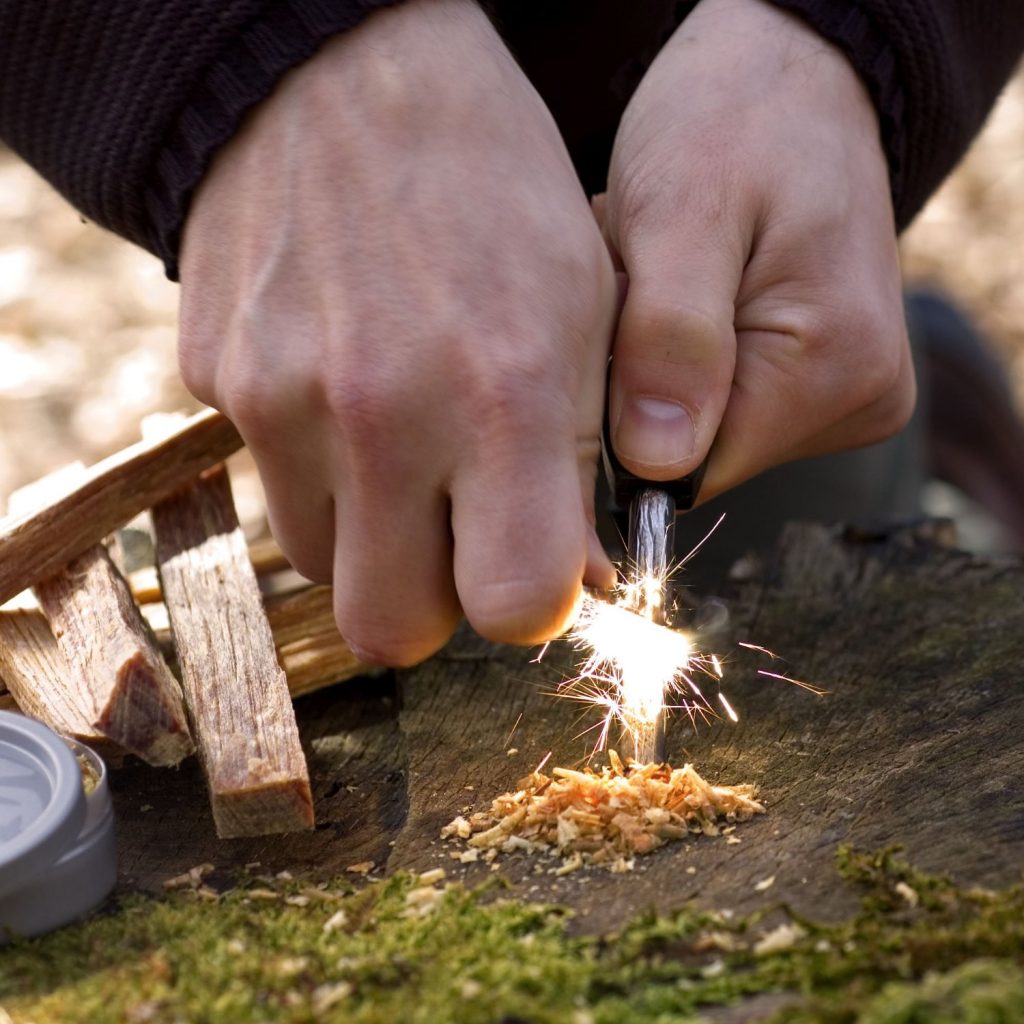
- Find Fresh Water – Water is much more important than food! The average person can only survive for 3 days without water. Coffee and soft drinks may provide some liquid, but pure water is what you need. Snow, rainwater, or water collected from dew on grass, a solar still or transpiration of green leaves is generally safe to drink. Water from streams or ponds generally needs to be purified, but in extreme circumstances, purification may not be an option. If my life depended on it, I’d take a chance on a stream. Contrary to what you may have heard, gently removing water from a calm pool is better than collecting water rushing over rocks, as impurities may have settled out to the bottom of the calm water.
- Signal for Help – You’ll want to make yourself as big and loud as possible. The universal signal for help is 3 loud noises (whistle blasts, car horn, gun shots, banging sounds) repeated in 3 minute intervals. If someone hears you, they should respond with 2 noises. If you hear this response, continue your signal until they locate you. You can also signal with fire, using wet or green wood during daylight to create smoke, or a large fire at night. Using a mirror or other shiny object works to reflect sunlight at a potential rescuer. Or, spelling out HELP or S.O.S. with rocks or logs in a large open area may be seen by an aircraft. If you think someone may see you, wave a brightly colored object if you’ve got one.

- Obtain Food – Once you’ve addressed the previous priorities, conserve your energy and make food your very last priority! The average person can survive 3 weeks or more without solid food. No matter what you’ve seen on so-called reality shows, DO NOT eat plants in the wild unless you are absolutely sure of what you’re doing. There are many plants that look just like edible plants, but they are poisonous. Eating plants doesn’t provide you with much energy, and the risk of getting sick, or worse, is simply too high, so avoid plants. Keep in mind, all fur bearing mammals, all birds, most insects (bugs with 6 legs), and almost all fresh water fish are edible. Here’s where you may need to break a few of your own rules and eat some ants or a few crickets.
But venturing into the great outdoors isn’t the only survival situation that can arise. Even in densely populated areas, natural disasters like blizzards, tornados, or even a strong thunder storm may result in a need for folks to go into “survival mode,” if only for a few hours. There’s a lot of good information online or at your local book store about basic survival skills, but if you have the chance, I recommend you take at least a brief in-person course. There’s nothing like hands-on learning to instill the important knowledge you hopefully will never need, but which could save your life if you do. You’re never too young or too old to learn how to stay alive.
Wendy Horine, Nebraska Hunter Education Coordinator
Nebraska Game and Parks
 Nebraskaland Magazine
Nebraskaland Magazine

